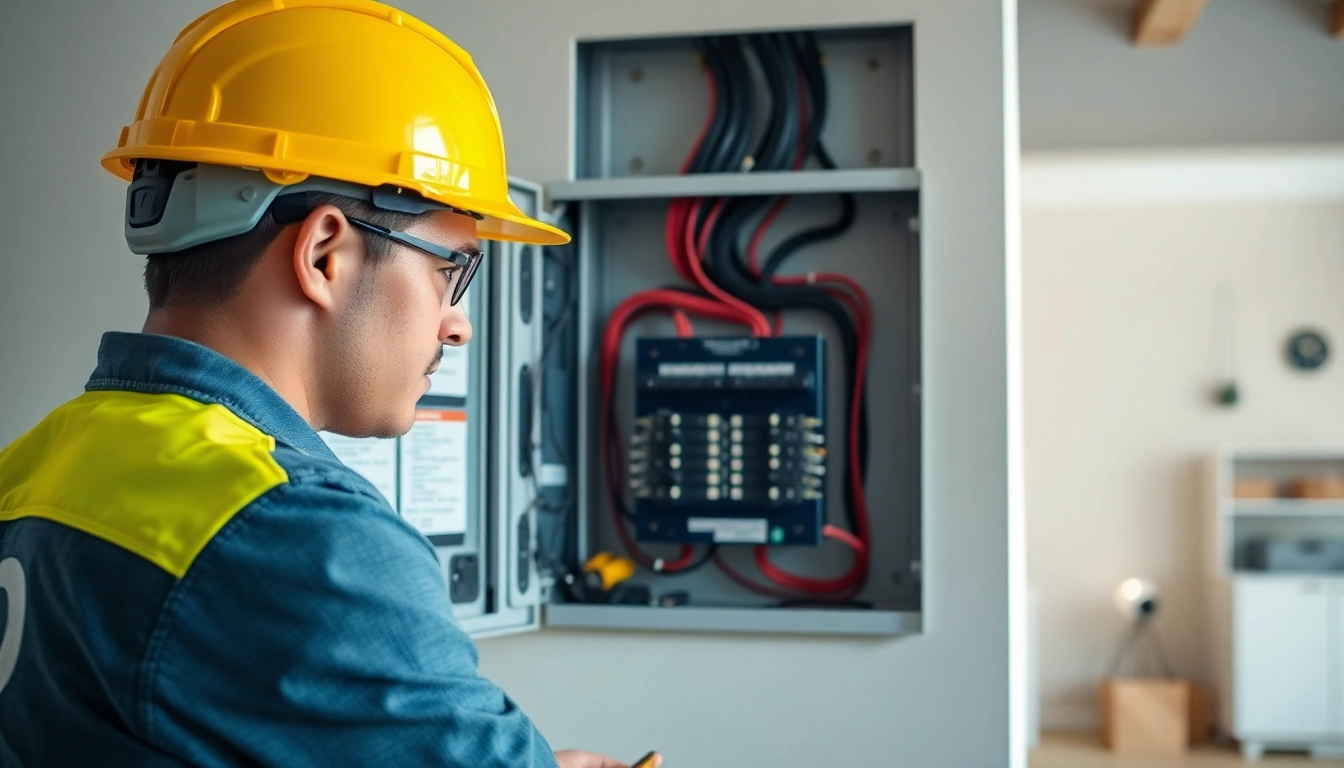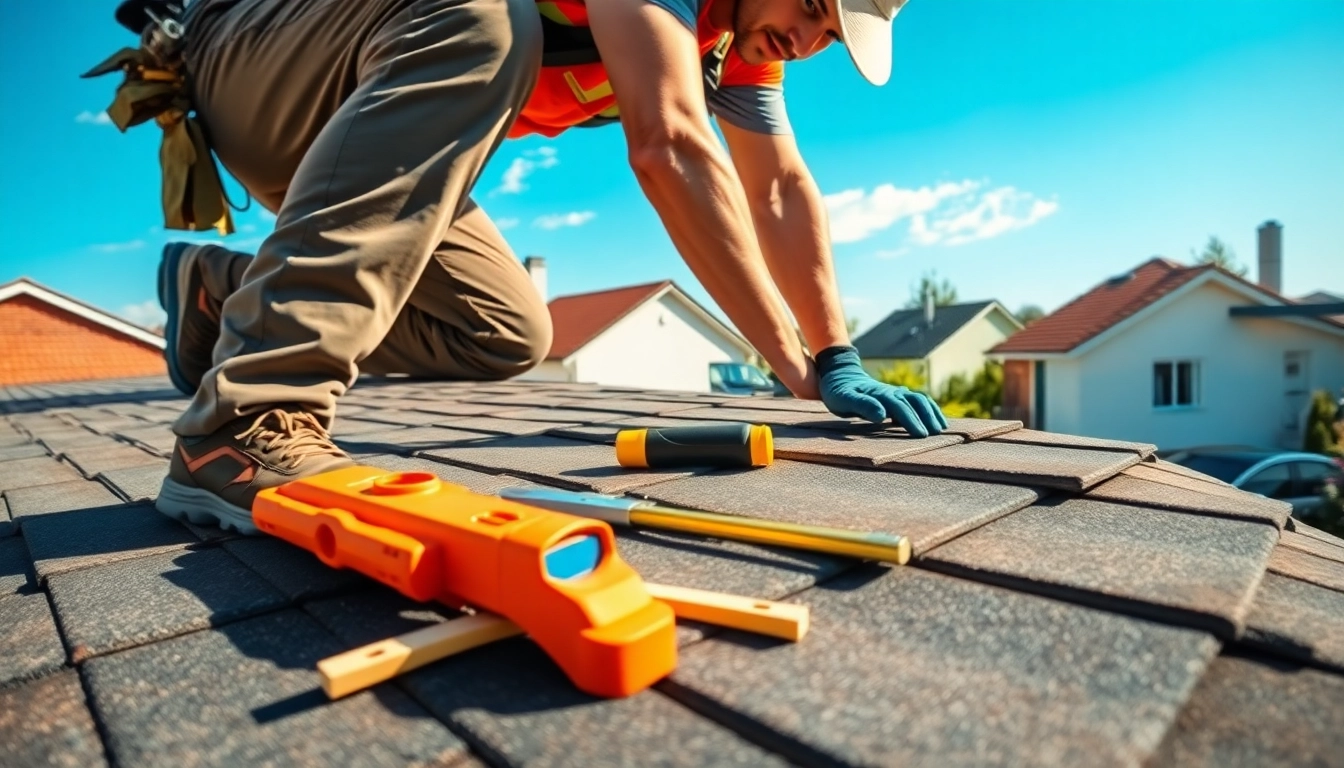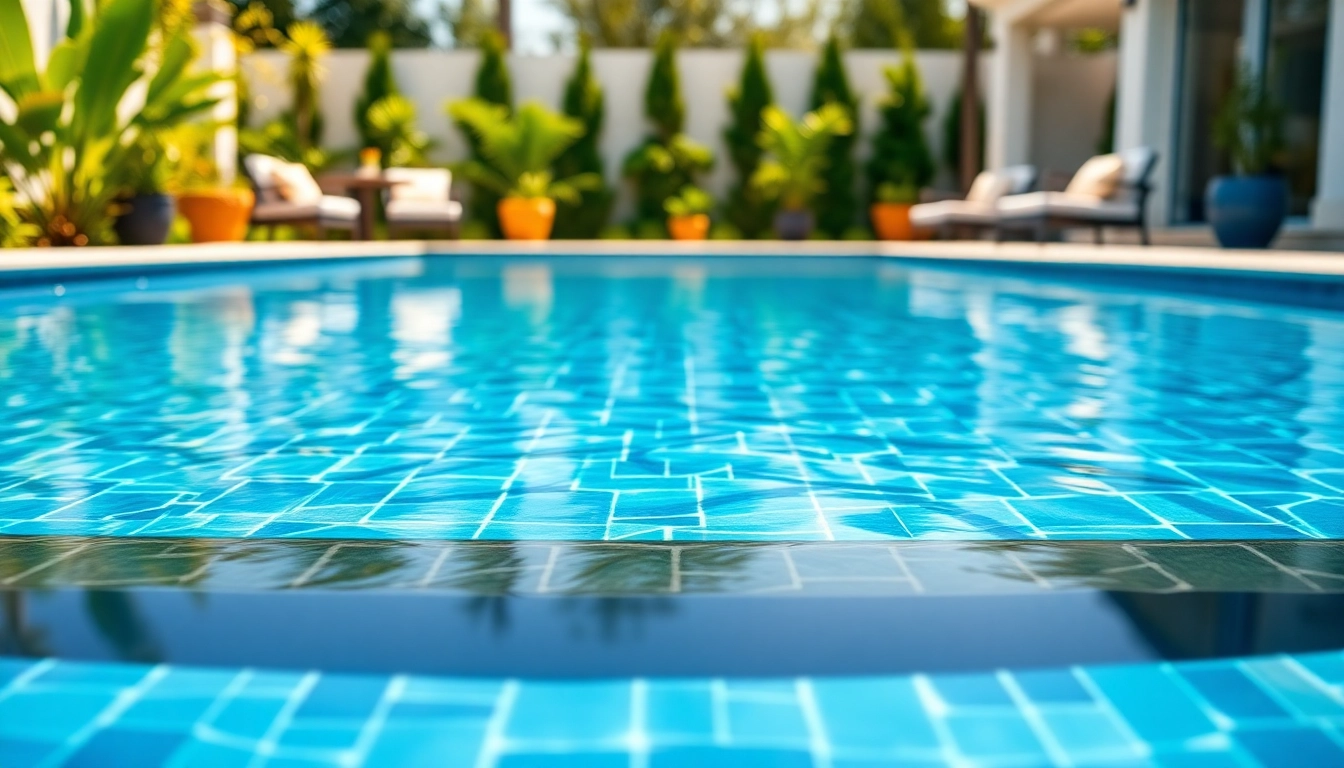Understanding Your Central Air Conditioner
How Central Air Conditioning Works
Central air conditioning systems are designed to provide efficient cooling to entire homes or large areas by using a network of ducts and a centralized cooling unit. The system operates by drawing warm air from the home, passing it over refrigerant-filled coils within the air handler, and then circulating the cooled air back into the living spaces. This process not only regulates temperature but also helps manage humidity levels indoors, ensuring year-round comfort.
Common Components of an AC System
- Compressor: The heart of the AC system, the compressor pumps refrigerant through the system, pressurizing it and facilitating heat exchange.
- Evaporator Coils: Located indoors, these coils absorb heat from the air, causing the refrigerant to evaporate and cool the air being circulated.
- Condenser Coils: Situated outside the home, these coils release the absorbed heat from the refrigerant, allowing it to cool down before cycling back indoors.
- Thermostat: The control center of the AC system, regulating temperature by cycling the system on and off as needed.
- Air Ducts and Vents: The network through which conditioned air travels to reach different areas of the home.
Signs Your System Needs Attention
Recognizing signs of trouble in your central air conditioning system is vital in maintaining its efficiency and prolonging its lifespan. Indicators that your AC might be malfunctioning include:
- Inconsistent temperatures across rooms
- Unusual sounds such as grinding or rattling
- Unpleasant smells emanating from the unit
- Increased energy bills without a change in usage
- Air not blowing cold
Why is My Central Air Conditioner Not Blowing Cold Air?
Identifying Common Issues
One of the most common frustrations homeowners experience with their air conditioning systems is when the central air conditioner is not blowing cold air. Understanding the typical causes can help in addressing the issue promptly.
1. Low Refrigerant Levels
Low refrigerant is one of the main reasons a central AC fails to blow cold air. This can be due to a leak in the system. When the refrigerant levels are insufficient, the system cannot absorb heat effectively, leading to warm air being circulated. Homeowners may notice ice buildup on the evaporator coils or a hissing sound, suggesting a refrigerant leak.
2. Faulty Thermostat
The thermostat is crucial for maintaining the desired indoor temperature. If the thermostat is malfunctioning or incorrectly calibrated, it may fail to signal the AC unit to operate as needed. To troubleshoot, ensure the thermostat is set to a cool temperature and check its batteries, if applicable.
3. Clogged Air Filters
Dirty or clogged air filters restrict airflow, making it challenging for the system to cool the air effectively. Regularly changing the air filter—typically every 1 to 3 months—can prevent airflow issues and enhance the unit’s efficiency.
4. Blocked Vents and Registers
Ensure that vents and registers are unobstructed by furniture or other items. Blockages can prevent proper air circulation and reduce the effectiveness of the cooling system.
Importance of Regular Maintenance
Regular maintenance is essential for preventing issues related to a central air conditioner not blowing cold air. This includes routine inspections, cleaning, and servicing, which help ensure that all components function optimally. Regular maintenance can:
- Improve energy efficiency
- Extend the lifespan of the system
- Identify potential problems before they escalate
- Maintain indoor air quality
Symptoms to Watch For
Homeowners should stay vigilant for any symptoms indicating that their central AC might not be performing as it should, such as:
- Rooms taking longer to cool down
- Warm air blowing from the vents
- Frequent cycling on and off
- Visible frost on the outside unit
- Strange noises during operation
Troubleshooting Steps for Your AC
Checking the Thermostat Settings
The first step in troubleshooting a central air conditioner not blowing cold is examining the thermostat settings. Ensure it is set to ‘cool’ mode, that the temperature setting is lower than the current room temperature, and check for any errors or malfunctions.
Inspecting Air Filters and Vents
Check the air filters by removing them from the unit and assessing their condition. If they appear dirty or clogged, replace them with a clean filter. Additionally, examine the vents throughout the home to ensure nothing is obstructing airflow.
Examining the Refrigerant Levels
If the above steps do not resolve the issue, a professional should examine the refrigerant levels. A certified technician can check for leaks and refill refrigerant as necessary to ensure the system operates effectively.
When to Call a Professional
Evaluating DIY vs. Professional Help
While some troubleshooting steps can be taken by homeowners, certain situations warrant a call to a professional HVAC technician. If the problem persists despite your best efforts, it’s advisable to seek expert assistance. Professionals are equipped to diagnose complex issues, ensuring a thorough and safe resolution.
What to Expect During a Service Call
During a service call, the technician will conduct a comprehensive inspection of your AC system. This may include:
- Assessing refrigerant levels and checking for leaks
- Cleaning major components such as coils and filters
- Examining the electrical connections for faults
- Testing the system’s overall performance and efficiency
Cost Considerations for Repairs
The cost of repairs for an AC unit not blowing cold air can vary based on the underlying issues, with typical service charges ranging from $75 to $150 for diagnostic evaluations. Costs for repairs such as refrigerant refills typically range from $200 to $400, depending on the type of refrigerant your system uses. Moreover, maintenance contracts may offer preventive care at a fraction of the cost of emergency repairs.
Preventative Measures for Long-Term Performance
Establishing a Maintenance Schedule
Establishing a regular maintenance schedule is crucial for keeping your central air conditioning system in optimal working condition. This could include scheduling biannual inspections—once before the cooling season and once before heating season—and performing simple tasks such as filter changes and ensuring the outdoor unit is clear of debris.
Upgrading Your AC System
If your AC unit is more than 10-15 years old and frequently requires repairs, it may be worth considering an upgrade. Newer systems come equipped with advanced technology that enhances energy efficiency and cooling performance, often resulting in lower energy bills over time.
Energy Efficiency Tips for Homeowners
Homeowners can ensure their units perform effectively while optimizing energy consumption by:
- Using programmable thermostats to adjust settings based on occupancy.
- Ensuring windows and doors are sealed properly to minimize air leaks.
- Utilizing shaded areas or blinds to reduce direct sunlight exposure indoors.
- Regularly cleaning and maintaining landscaping around the outdoor unit to maximize airflow.
With proactive measures and an understanding of potential issues, homeowners can alleviate the stress and discomfort that comes with a central air conditioner not blowing cold air, ensuring their home remains a comfortable oasis during the hot months.



